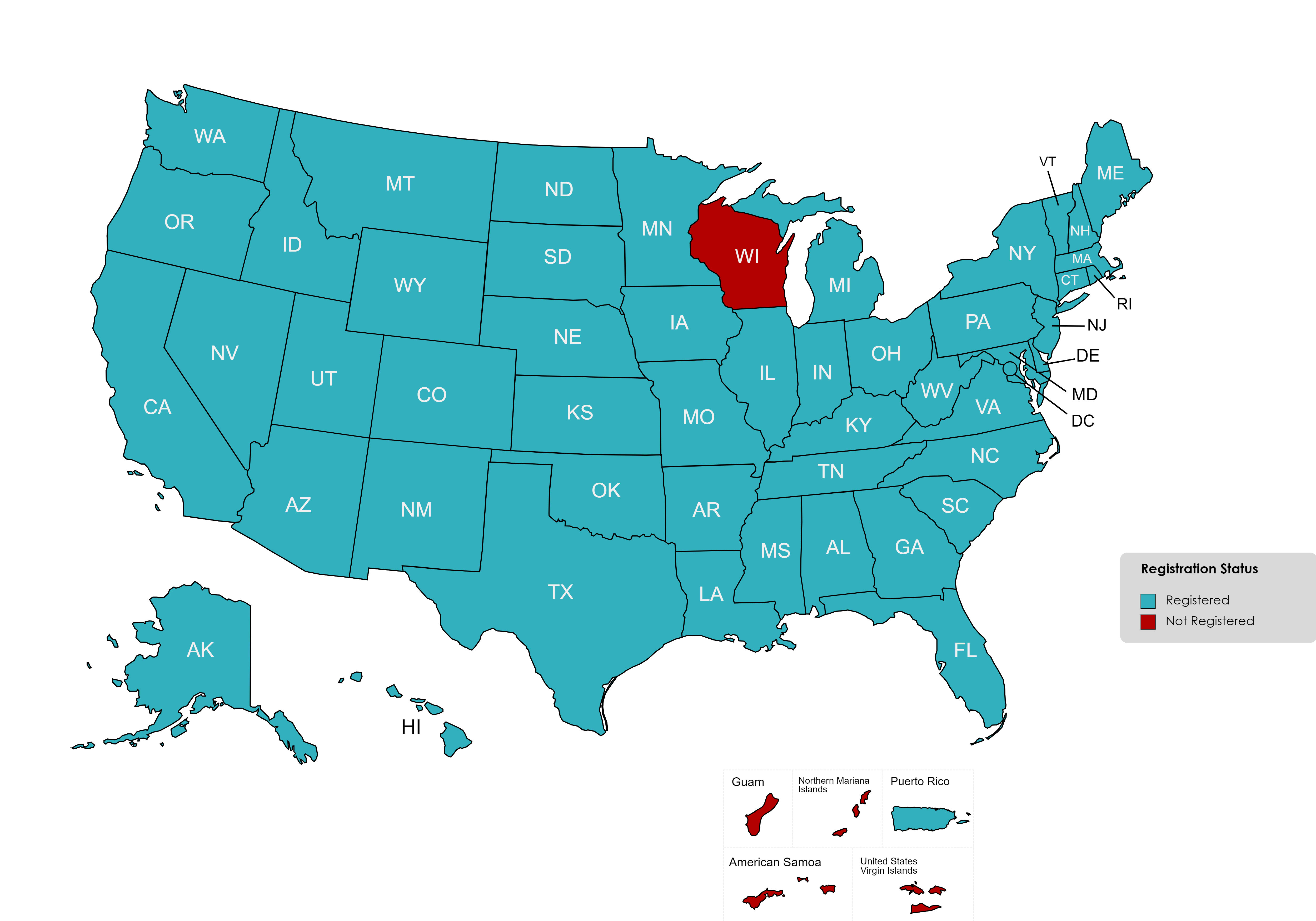MAMMOTH Si Availability Map

FAQs
Is Mammoth Si a liquid or dry product?
Mammoth Si is a liquid product.
What is the shelf life? When does it expire after opening?
Mammoth Si shelf life is 2 years.
How do I store Mammoth Si?
Always store Mammoth Si in its original packaging. Store locked up in a dry and well-ventilated area.
How do I measure the product?
Measure small amounts of Mammoth Si with a pipette, syringe, or small measuring cup. If measuring larger amounts, use a larger measuring cup or graduated cylinder.
What is the application rate and frequency for applying Mammoth Si?
Apply 0.5 mL/Gallon, every 5-7 days (always adjust pH accordingly after mixing into reservoir).
Can I use on my seedlings/clones?
We recommend starting applications at the vegetative growth stage.
Do I add to nutrient mix? If so, when? Is the order of mixing important?
Yes and the order of mixing is important: add Mammoth Silica first, then any nutrients and pesticide products, adjust pH if necessary, and add any beneficial products (i.e. Mammoth P) as a final step.
Do I need to pH my water with the silica product?
Yes, always adjust pH after adding Mammoth Si.
How frequently should I apply Mammoth Si?
Apply Mammoth Si every 5-7 days.
What are the main benefits of running Mammoth Silica?
Plant strength and stature.
Do I use in flower and flush?
We specifically formulated this product with low nitrogen so growers can use it in the flowering stage of growth, reducing a need for two products or differing application rates.
Are there any products I shouldn’t run this with?
No.
Is this organic/OMRI-certified?
No.
I already use a silica product, how is this different?
Low usage (application) rate, lower nitrogen for use from vegetative through bloom growth phases – only one product is needed for any growth stage, Mammoth Si has a high mono-silicic acid percentage with 1.9%.
Can I get a sample of this new silica product?
Please visit your local retailer in states with approved registration.
Why is the monosilicic-acid (MSA) percentage not displayed on the Mammoth Silica product label?
We see many silica product labels that do not list mono-silicic acid percentage claims due to the high variability of how labs can analyze and present these claims. Mammoth uses the testing methods that California & AAPFCO use for measuring soluble silicon.
What is the difference between potassium silicate and mono-silicic acid?
Potassium silicate is a silica source (very alkaline on pH scale) and it must be converted into mono-silicic acid before it’s available for plant uptake. Mono-silicic acid is the plant-available form of silica and it’s derived from a silica source.
